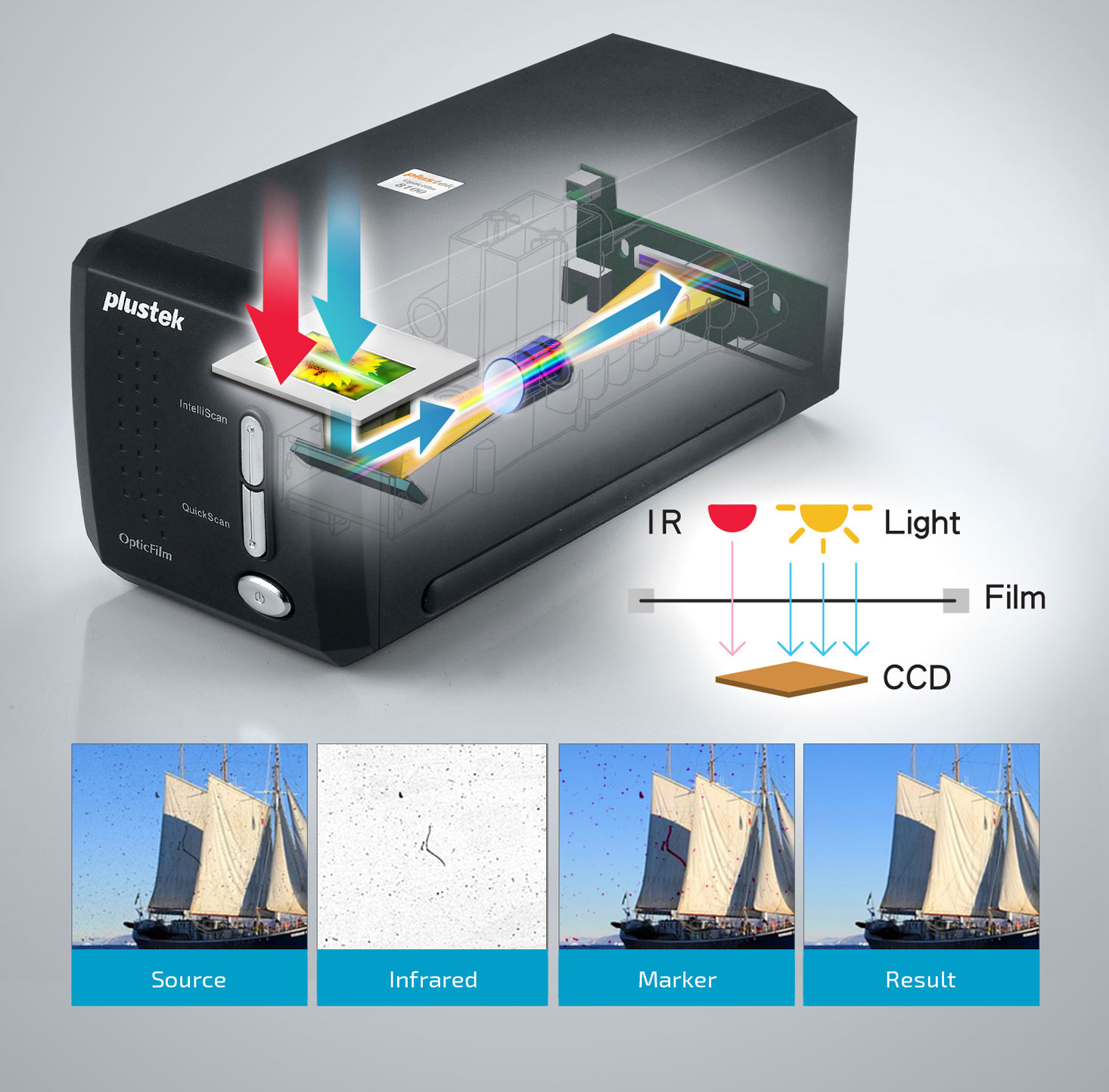

- #Silverfast plustek 8200i install#
- #Silverfast plustek 8200i drivers#
- #Silverfast plustek 8200i software#
Here the NegaFix function has done a good job with the subtle colours from this Kodak Gold negative
#Silverfast plustek 8200i drivers#
However re-installing the drivers after SilverFast got the scanner up and running.
#Silverfast plustek 8200i install#
The manual instructs you to install the drivers first before SilverFast, but on my Windows 10 machine this returned an error. CDs are supplied, but Plustek offers no suggestion for what you might do if your machine doesn’t have a built-in drive.
#Silverfast plustek 8200i software#
But before you start work, you need to install the SilverFast software and scanner drivers. InstallationĬonnecting the unit to your computer is simple: just plug the USB cable between them. Once loaded they’re also particularly easy to align in the scanner, as they simply click into place for each frame. Both holders are sturdily made from black plastic and are easy to load mounted slides push into place on one, while the other hinges open to take a strip of up to six negatives. The film holders load from either side, which means ideally you’ll need to leave around 20cm clear space on both sides of the unit. At the back you’ll find the USB port and the connector for the AC power adapter. On the front is an oval power button, with two others above it labelled QuickScan and IntelliScan, plus a green power LED. In terms of design it’s a very simple unit. One nice touch is the fitted carry case to pack the scanner away if you don’t want to leave it on your desk gathering dust – the bane of film scanning. It comes supplied with everything you need, including holders for 35mm negatives and slides and a USB cable to connect to your computer. With a footprint of around 26.5×8.5cm, the OpticFilm 8200Si won’t take up too much space on your desk. This all sounds very impressive, but does it deliver? Design

With the bundled SilverFast software it also offers multi-exposure scanning to extract cleaner shadow detail from slides. It has a specified Dmax (the maximum density through which it can record details) of 3.6, which is usually considered ample for negatives and sufficient for most slides. Its OpticFilm 8200i SE is designed to scan 35mm slides and negatives at resolutions up to 7200×7200 dots per inch (dpi), which in principle could give a file of nearly 70 million pixels, equating to a print size of 34x27in at 300ppi. However, Plustek still makes conventional film scanners.

In 2017 things have changed a lot, and now most of the 35mm ‘scanners’ left on the market are essentially little cameras that digitise film using small CMOS sensors.

Specialist film scanners were available from the main camera makers – Canon, Nikon and Minolta – and with a bit of care and patience could give pretty good results. Before high-resolution digital cameras became commonplace, this enabled me to make decent quality A4 colour prints of my photos. Like a fair few of our readers, I suspect, my first forays into digital imaging came via scanning film. Plustek’s OpticFilm 8200i SE comes with holders for both slides and negatives Plustek OpticFilm 8200 SE at a glance:


 0 kommentar(er)
0 kommentar(er)
